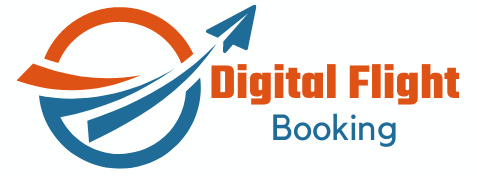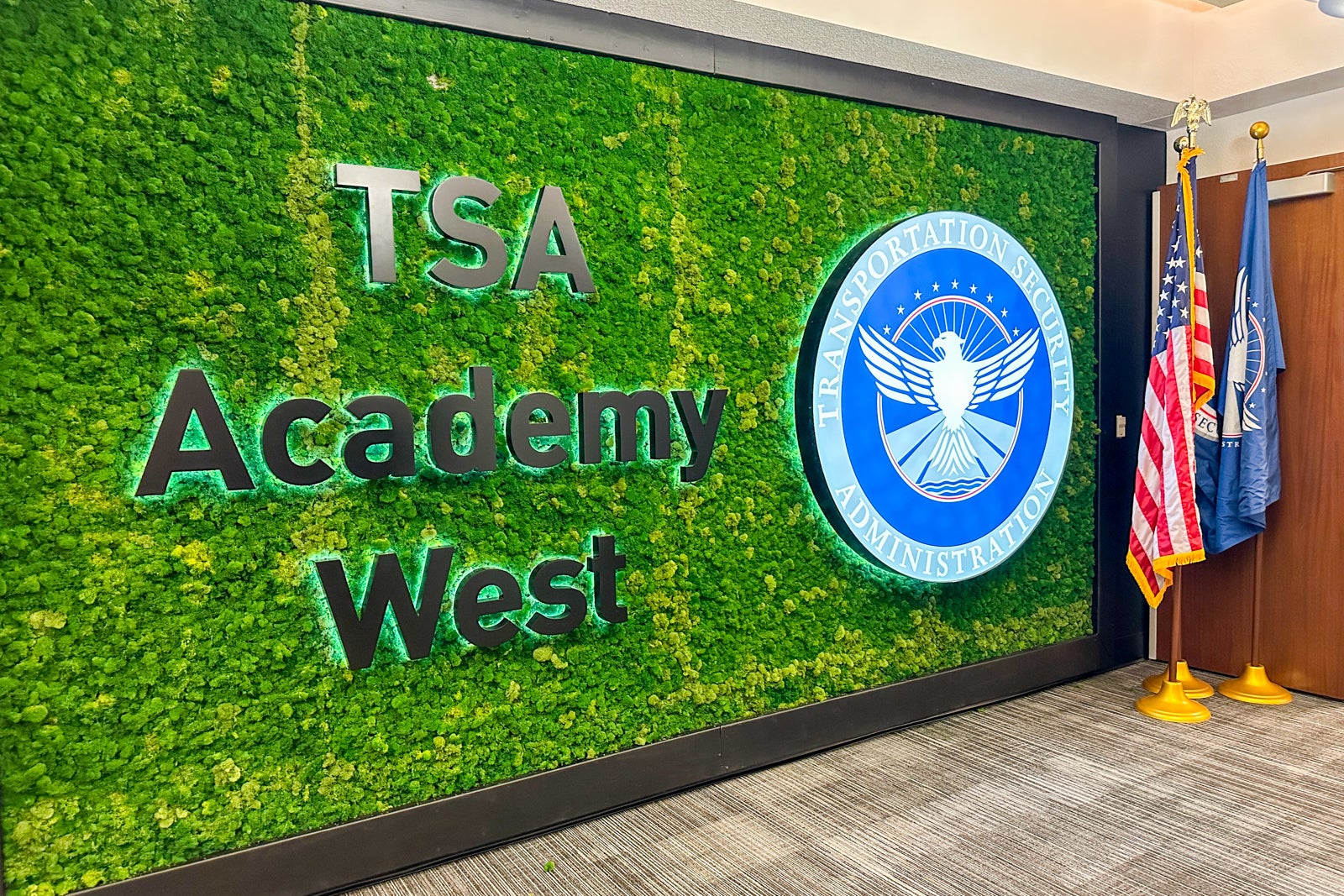Day in the life: What does it take to become a TSA Officer?
Most people visit Las Vegas to gamble, see big-name musical acts or dine at flashy restaurants helmed by celebrity chefs. However, a select and highly skilled group of visitors visit Las Vegas to become Transportation Security Administration officers.
When the Aviation and Transportation Security Act was signed into law in 2001, officially creating the TSA, new officer training occurred at individual airports. On-the-job training was not the ideal environment for developing the skills and discernment necessary for the role of a TSA officer. In 2016, officers began attending in-person training at a centralized facility in Glynco, Georgia.
A facility in coastal Georgia is, of course, a long journey for officers training to work at airports in the western half of the U.S. This, along with the need for an increased capacity to train the organization’s workforce of more than 50,000 employees, led the TSA to open a new Las Vegas-based facility: TSA Academy West. It’s a 26,000-square-foot, state-of-the-art training facility adjacent to Harry Reid International Airport (LAS).
TPG recently had the chance to see the facility and experience firsthand how new officers receive training there.
Preparing for TSA training
Before new officers ever step into TSA Academy West, they first spend a few months at their home airport, shadowing seasoned officers and getting hands-on practice with tasks that don’t require certification.
“Before I arrived here, my tasks involved ID checks, making sure passengers were at the right airport, and acting as a divestiture officer, which is essentially preparing travelers in line by letting them know which items need to be removed for screening,” current student Lora Castillo told TPG.
They then spend a week in virtual training, learning about the culture and values of the TSA. They also get an introduction to the concepts they will expand upon in the classroom during two weeks of in-person training. Upon completion, students return to their home airport to complete their certification.
Classroom instruction
Training starts early each morning at around 7 a.m. To ensure officers stay focused on the task at hand, they stay outside of the city limits. Although the Las Vegas Strip is partially visible through the Academy’s windows, officers are not allowed to visit the Strip while in town. Shuttle vans transport the officers back and forth from their hotel to the Academy.
“We start every day with the Pledge of Allegiance, then we have the students go over the TSA mission and the vision, and then they have a class motto that they come up with themselves,” Mick Doto, director of TSA Academy West, told TPG.
Reward your inbox with the TPG Daily newsletter
Join over 700,000 readers for breaking news, in-depth guides and exclusive deals from TPG’s experts.
From there, students spend time learning how to properly carry out screenings.
This includes reading X-rays, inspecting bags, carrying out additional screening on flagged items, conducting pat-down procedures and effectively communicating with passengers. Some of this is taught via traditional classroom instruction, and some is taught by role-playing specific scenarios.
For example, students may be presented with a suitcase full of items and an instruction card detailing a specific scenario they could encounter at a TSA checkpoint. They must then act out the proper procedure for screening the item, down to seemingly small details like when they put on and remove their gloves.
One classroom is outfitted specifically to train students on Computed Tomography scanners, which use 3D images rather than the 2D technology typically seen at airports. CT technology is currently in use at more than 200 airports. It is being rolled out to additional airports all the time, making it an important training topic for students to cover before returning to their home airports.
CT technology has many advantages for travelers and TSA officers. Travelers get to leave everything in their carry-on bag, and officers can more thoroughly scan the contents of a bag, leading to fewer bag checks.
Simulated on-the-job training
After the classroom training for the day is complete, students board shuttle vans which take them to a nearby training checkpoint at the Las Vegas airport. While this facility is within the airport, it is not a “live” checkpoint that travelers can use. The training checkpoint is designed to closely simulate the live environments trainees will eventually work in, allowing the students to accurately role-play various scenarios and situations they will encounter on the job.
“Everything we show students in the classroom sets them up for what they’re going to be doing here,” Albert Krakowski, an instructor at TSA Academy West, said. “We want you to learn how to do a bag search before we create scenarios for you to actually perform these bag searches in this environment,” he added.
The training checkpoint is outfitted with multiple types of X-ray and walkthrough machines, along with other screening equipment. So, students can train on the exact brand of equipment they’ll be using at their home airport. “Equipment-wise, we have everything that they would have at the checkpoint at their home airport.”
To Castillo, the training checkpoint environment is invaluable in preparing officers for their jobs. “Getting the hands-on experience to practice those real-life scenarios helps you to know what to expect,” she said. “When you are here, you get that simulation, and you have the chance to correct your mistakes. Then, when you are really in that situation, you will know what to do,” she added.
Though students perform role-playing scenarios in the classroom, doing so at the training checkpoint builds upon what they practiced and better prepares them for what they will encounter after graduation. They can also learn how to operate the equipment, from turning an X-ray machine on and off or calibrating equipment at the start of their shift.
On the day I attended, students rotated between five stations set up for different scenarios. At one table, a student was tasked with properly screening a bag containing a canister of protein powder. Afterward, the students would switch roles and complete the process again.
Like at a regular checkpoint, a TSA officer is never alone.
There are always other officers nearby that they can call on for help or specialized assistance. “We call it engaging your network,” Krakowski said. The TSA employs a diverse workforce, including supervisors, explosives specialists and law enforcement officers, who can step in as needed to keep passengers safe and the screening process running smoothly.
Passenger care is a priority
While much of a student’s training is focused on detecting threats and keeping passengers safe, TPG learned that customer service is also at the heart of the TSA’s mission.
Students are taught from day one to “not only take care of themselves and each other, but also take care of the traveling public,” Doto said. “They learn to show empathy when interacting with travelers, even those who are upset or nervous about flying.”
“I just ask them, ‘Hey, how’s your day going?'” Castillo said. “They realize you are seeing them as a person, and I enjoy interacting with customers.”
During our visit, I heard the customer service aspect in action. When I was observing the bag inspection role play at the training checkpoint, rather than repacking the bag for the next scenario, the officer asked if the student playing a passenger would like her bag repacked.
Customer care extends beyond politeness, though. It also calls for showing regard to passengers with disabilities. For example, students must demonstrate that they can explain what they are doing before and during the screening of a passenger in a wheelchair; they also give the passengers the option for a private screening if they prefer one.
Future TSA officers take pride in their job
“I’ve always loved helping people. I always knew that was something I wanted to do, and I’ve always been drawn to the airport,” Castillo told TPG. “My uncle is a cop in Los Angeles, and my dad is an active-duty marine with more than 24 years of service. I wanted to go my own route to serve and protect the country,” she added.
Anyone who has flown knows that delays, cancellations or confusion at the TSA screening checkpoint can lead to frustration. TSA officers often bear the brunt of those frustrations, but they take pride in keeping travelers safe from harm — regardless of the occasional prickly passenger.
The commitment and pride in completing their mission day in and day out is one of the biggest lessons the Academy instills in its students. The TSA exists to prevent another catastrophe on the level of the tragic events of 9/11 from happening, and the students are taught that they could be the officer who prevents that. Instructors reinforce to the students how much their job matters and that, regardless of a rude comment from a passenger, TSA officers have an important job to do.
To keep that mission in mind, each class comes up with its own motto to recite each day at the beginning of class, along with the TSA’s motto and vision.
This is Castillo’s class motto:
“Securing the nation’s skies, nationwide. Respect, integrity and pride.”
It was clear from my day at TSA Academy West that TSA officers undergo strenuous and intense training to complete the daily task of “securing the nation’s skies.”
“At the end of the day, it’s my job to make sure you get on your plane safely and land safely,” Castillo said. “If I can do that, I’ve done my job.”
Related reading:

